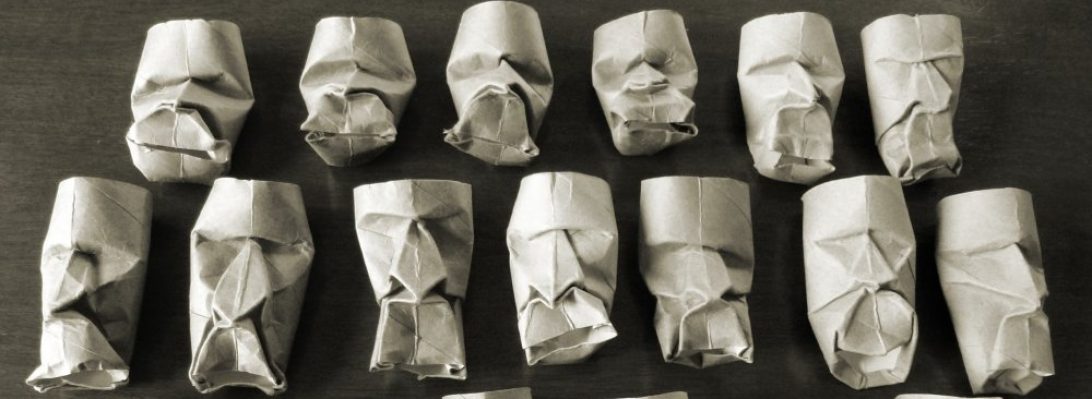In a classic scene from the first Jurassic Park movie, a hunter realises he has just been surrounded by hungry, angry velociraptors, and utters the words “clever girl” before being ripped to shreds:
This delightful mode is really simple to fold, and belongs to that stable of models whose proportions are perfect, detail is sufficient, form is elegant and stable as is – a mark of clever design.
There is lots to love about this little snapper – the head, the placement of the haunches, the gentle curve of the tail – fabulous. Continue reading

















